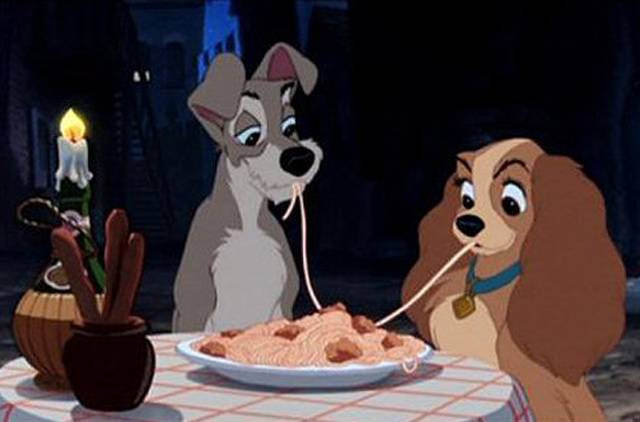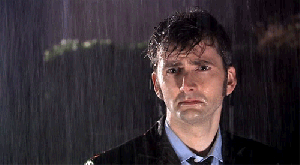A friend of mine got married last weekend, and most lovely it was too. But enough about them; it gives me an excuse for indulgence of an enduring crush (who I planned to marry when I was six – with hindsight I suspect the age gap was insurmountable):
To celebrate I’ve picked two novels which explore the theme of marriage. Firstly, The Marriage Plot by Jeffrey Eugenides (2011). Set at Brown University in the early 1980s, it tells the story of three undergraduates, Leonard, Madeleine and Mitchell, as they try and find their way through life, while realising that their academic and intellectual achievements have not prepared them in any way. As an English graduate, I particularly enjoyed Eugenides’ evocation and gentle ribbing of this area of study:
“That left a large contingent of people majoring in English by default. Because they weren’t left-brained enough for science, because history was too dry, philosophy too difficult, geology too petroleum-oriented, and math too mathematical- because they weren’t musical, financially motivated, or really all that smart, these people were pursuing university degrees doing something no different from what they’d done in first grade: reading stories. English was what people who didn’t know what to major in majored in.”
Of course I disagree 🙂 Eugenides is very good a skewering the intellectual trends in academia, which at this time was semiotics, while not undermining idealistic Madeleine’s belief in ideas and search for meaning. Unfortunately “Madeleine’s love troubles had begun at a time when the French theory she was reading deconstructed the very notion of love.” and she finds the theories don’t really account for the messiness of real world relationships. In one pivotal scene, the writing of Roland Barthes is used to break her heart:
“I Love You je-t’aime/I-love-you. As she read these words, Madeleine was flooded with happiness. She glanced up at Leonard, smiling. With his finger he motioned for her to keep going. The figure refers not to the declaration of love, to the avowal, but to the repeated utterance of the love cry. Suddenly Madeleine’s happiness diminished, usurped by the feeling of peril. She wished she weren’t naked.”
The Marriage Plot is comic but remains grounded in the three vulnerable characters trying to become the best versions of themselves. Once they leave university, the novel shifts from satirising academia to focus on the characters’ relationships with one another. Eugenides uses a typical romantic plot (no-one is in love with anyone who can love them back) to create a metafictional commentary on how romance and marriage have been presented throughout the ages, particularly in novels. If this sounds truly dreadful, rest assured the novel stops short of being too smug about its own cleverness, and what emerges in the second half is a truly sensitive portrait of mental illness.
“That was when Leonard realised something crucial about depression. The smarter you were, the worse it was. The sharper your brain, the more it cut you up.”
Whether or not this is true, Leonard is both brilliant and extremely unwell, and the exploration of his bipolar disorder is non-sensationalist and balanced, showing the effect on Leonard and those around him; the price paid for something devastating which is no-one’s fault.
“it was as if her own heart had been surgically removed from her body and was being kept at a remote location, still connected to her and pumping blood through her veins, but exposed to dangers she couldn’t see: her heart was in a box somewhere, in the open air, unprotected.”
I didn’t find The Marriage Plot quite as effective as Eugenides’ debut The Virgin Suicides, and although I haven’t read Middlesex, his lauded second novel (it’s buried in a TBR stack somewhere…), I doubt this novel concerned the Pulitzer judges to the same extent. However, it is a novel with much to offer, and I recognised and cared about all the characters in it. The Marriage Plot plays with ideas and even destabilises itself with metafictional nods towards novels and novel writing, but never at the expense of a recognisable humanity.
“the novel had reached its apogee with the marriage plot and had never recovered from its disappearance, In the days when success in life had depended marriage, and marriage had depended on money, novelists had a subject to write about. The great epics sung of war, the novel of marriage. Sexual equality, good for women, had been bad for the novel. And divorce had undone it completely. What would it matter whom Emma married if she could file for separation later?”

Pasta eating dogs melt even this non-romantic’s heart
Secondly, The Amateur Marriage by Anne Tyler (2004), which portrays the marriage between Michael and Pauline, from their courtship under the shadow of World War II through to old age. Their fledgling relationship is shown through the eyes of the small town where Michael has grown up:
“She had her read coat on, which is how they could all spot her from such a distance. They said ‘Michael! Look!’ and Michael turned at once in the right direction, although Pauline herself had not called out. When she came nearer they could see why. She had no breath left, poor thing. She was gasping and tousle-haired and flushed – really not her prettiest, but who in the world cared? She was holding out her arms, and Michael dropped his belongings and started running too, and when they collided he swooped her up so her feet completely left the ground, Everybody said ‘Ah’ in one long satisfied sigh – everyone except his mother, but even she watched with something close to sympathy.”
Once the war – and its accompanying heightened experience, drama and uncertainty is over, the marriage is shown through the eyes of the couple, who realise they are entirely mismatched:
“by nature, Pauline tumbled through life helter-skelter, while Michael proceeded deliberately. By nature, Pauline felt entitled to spill anything that came into her head while Michael measured out every word. She was brimming with energy – a floor pacer, a foot jiggler, a finger drummer – while he was slow and plodding and secretly somewhat lazy. Everything to her was all or nothing…while to him the world was calibrated more incrementally and more fuzzily.”
This being Anne Tyler, it is not a huge tragedy, but rather a psychologically astute portrait of two people and their family with the attendant hurt, frustration, disappointment, love and affection:
“Another time, Michael might have felt annoyed by this rouged and lipsticked version of the truth. Such concern for the looks of things even within the family! But today he was touched. It occurred to him that his wife had amazing reserves of strength, that women like Pauline were the ones who kept the planet spinning. Or at least, they made it appear to keep spinning, however it might in fact be wobbling on its axis.”
If you’ve read any of Anne Tyler’s 20 novels before, you’ll know what to expect in The Amateur Marriage: set in Baltimore, concerned with ordinary people leading ordinary lives, with no huge dramas. This is not a criticism, however. She is brilliant at well-observed detail, of the meaning found in small moments, of what we learn to live with and the solace imperfect human beings can give one another.
“He believed that all of them, all those young marrieds of the war years, had started out in equal ignorance…Then two by two they fell away, having grown wise and seasoned and comfortable in their roles, until only he and Pauline remained, as inexperienced as ever – the last couple left in the amateurs’ parade.”
To end, a little something for another friend who was also at the wedding, and who I think will be the next bride I see. She has an agreement with her partner for a certain man to be her celebrity allowance:









